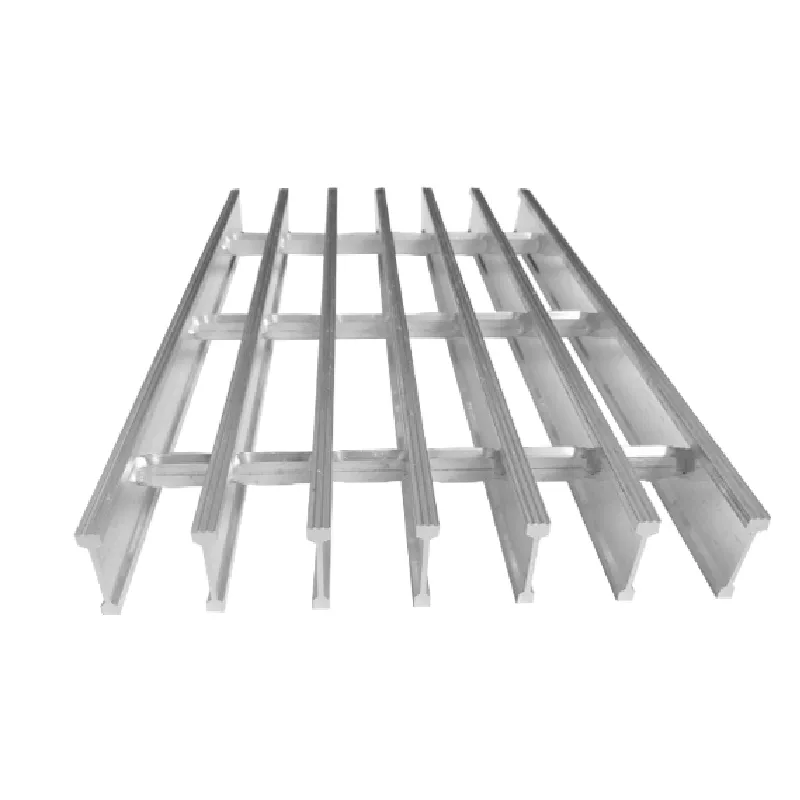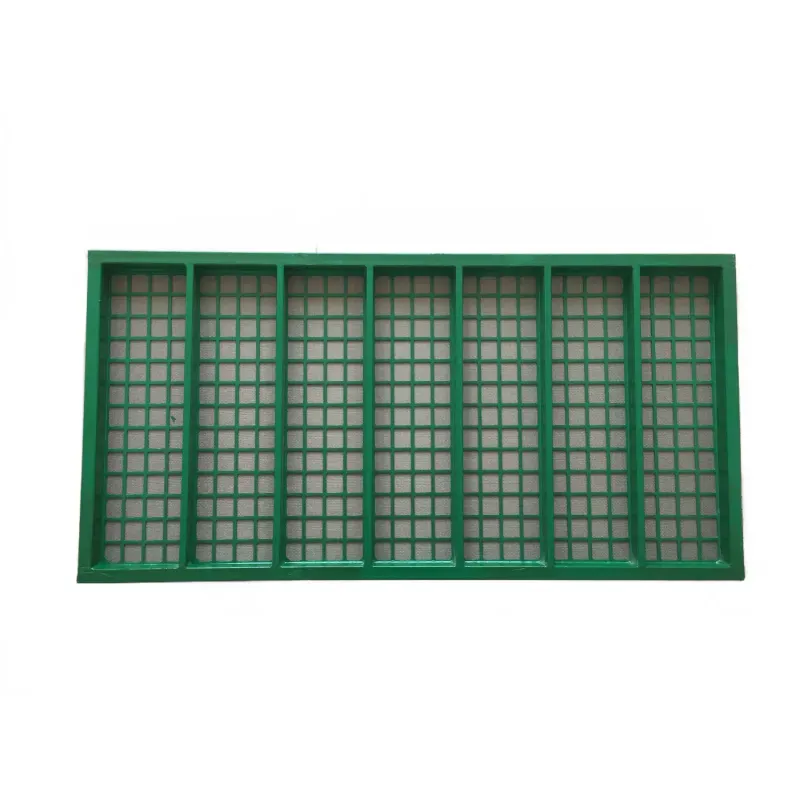- Industrial zone, South of Anping Town, Hengshui, Hebei, China.
- sales@hfpetromesh.com
- +86-18931809706
 Afrikaans
Afrikaans  Albanian
Albanian  Amharic
Amharic  Arabic
Arabic  Armenian
Armenian  Azerbaijani
Azerbaijani  Basque
Basque  Belarusian
Belarusian  Bengali
Bengali  Bosnian
Bosnian  Bulgarian
Bulgarian  Catalan
Catalan  Cebuano
Cebuano  Corsican
Corsican  Croatian
Croatian  Czech
Czech  Danish
Danish  Dutch
Dutch  English
English  Esperanto
Esperanto  Estonian
Estonian  Finnish
Finnish  French
French  Frisian
Frisian  Galician
Galician  Georgian
Georgian  German
German  Greek
Greek  Gujarati
Gujarati  Haitian Creole
Haitian Creole  hausa
hausa  hawaiian
hawaiian  Hebrew
Hebrew  Hindi
Hindi  Miao
Miao  Hungarian
Hungarian  Icelandic
Icelandic  igbo
igbo  Indonesian
Indonesian  irish
irish  Italian
Italian  Japanese
Japanese  Javanese
Javanese  Kannada
Kannada  kazakh
kazakh  Khmer
Khmer  Rwandese
Rwandese  Korean
Korean  Kurdish
Kurdish  Kyrgyz
Kyrgyz  Lao
Lao  Latin
Latin  Latvian
Latvian  Lithuanian
Lithuanian  Luxembourgish
Luxembourgish  Macedonian
Macedonian  Malgashi
Malgashi  Malay
Malay  Malayalam
Malayalam  Maltese
Maltese  Maori
Maori  Marathi
Marathi  Mongolian
Mongolian  Myanmar
Myanmar  Nepali
Nepali  Norwegian
Norwegian  Norwegian
Norwegian  Occitan
Occitan  Pashto
Pashto  Persian
Persian  Polish
Polish  Portuguese
Portuguese  Punjabi
Punjabi  Romanian
Romanian  Russian
Russian  Samoan
Samoan  Scottish Gaelic
Scottish Gaelic  Serbian
Serbian  Sesotho
Sesotho  Shona
Shona  Sindhi
Sindhi  Sinhala
Sinhala  Slovak
Slovak  Slovenian
Slovenian  Somali
Somali  Spanish
Spanish  Sundanese
Sundanese  Swahili
Swahili  Swedish
Swedish  Tagalog
Tagalog  Tajik
Tajik  Tamil
Tamil  Tatar
Tatar  Telugu
Telugu  Thai
Thai  Turkish
Turkish  Turkmen
Turkmen  Ukrainian
Ukrainian  Urdu
Urdu  Uighur
Uighur  Uzbek
Uzbek  Vietnamese
Vietnamese  Welsh
Welsh  Bantu
Bantu  Yiddish
Yiddish  Yoruba
Yoruba  Zulu
Zulu
- Afrikaans
- Albanian
- Amharic
- Arabic
- Armenian
- Azerbaijani
- Basque
- Belarusian
- Bengali
- Bosnian
- Bulgarian
- Catalan
- Cebuano
- Corsican
- Croatian
- Czech
- Danish
- Dutch
- English
- Esperanto
- Estonian
- Finnish
- French
- Frisian
- Galician
- Georgian
- German
- Greek
- Gujarati
- Haitian Creole
- hausa
- hawaiian
- Hebrew
- Hindi
- Miao
- Hungarian
- Icelandic
- igbo
- Indonesian
- irish
- Italian
- Japanese
- Javanese
- Kannada
- kazakh
- Khmer
- Rwandese
- Korean
- Kurdish
- Kyrgyz
- Lao
- Latin
- Latvian
- Lithuanian
- Luxembourgish
- Macedonian
- Malgashi
- Malay
- Malayalam
- Maltese
- Maori
- Marathi
- Mongolian
- Myanmar
- Nepali
- Norwegian
- Norwegian
- Occitan
- Pashto
- Persian
- Polish
- Portuguese
- Punjabi
- Romanian
- Russian
- Samoan
- Scottish Gaelic
- Serbian
- Sesotho
- Shona
- Sindhi
- Sinhala
- Slovak
- Slovenian
- Somali
- Spanish
- Sundanese
- Swahili
- Swedish
- Tagalog
- Tajik
- Tamil
- Tatar
- Telugu
- Thai
- Turkish
- Turkmen
- Ukrainian
- Urdu
- Uighur
- Uzbek
- Vietnamese
- Welsh
- Bantu
- Yiddish
- Yoruba
- Zulu
jaan. . 16, 2025 05:36
Back to list
Riveted Grating
Industrial floor grating has become an essential component in modern infrastructure, particularly in industrial settings where durability, safety, and efficiency are paramount. As a long-time expert in this field, I've amassed a wealth of experience working with industrial floor grating solutions across various sectors, enabling businesses to streamline operations while maintaining the highest safety standards.
A pivotal consideration when selecting floor grating is safety, a factor I deem non-negotiable. Industrial settings often encounter slippery surfaces due to oil, water, or other liquids, making slip resistance a critical aspect of floor grating design. Gratings with serrated surfaces have proven to significantly enhance grip and floor safety. Additionally, ensuring that gratings meet national and international safety standards is crucial to maintaining workplace safety and compliance. In my experience, customization in industrial floor grating can greatly amplify its efficacy. Tailoring grating dimensions to match specific floor layouts and incorporating additional features such as edge nosing or contrasting colors can improve both functionality and safety. This customization is not just about fitting the physical space but also about meeting operational protocols and enhancing workflow efficiency. Maintaining the integrity of industrial floor grating is another area where expertise plays a vital role. Regular inspection and maintenance routines ensure that gratings remain safe and functional over time. I advocate for a proactive approach, involving periodic checks for signs of wear and tear, rust in metallic gratings, or cracks in fiberglass options. Timely intervention can prevent minor issues from escalating into costly repairs or replacements, safeguarding the enterprise's investment. As a trusted authority in industrial floor grating, my approach is grounded in understanding specific industrial challenges and aligning the right grating solutions to meet those challenges. The evolving nature of industrial operations demands grating solutions that can keep pace, adapt, and provide sustainable value. Through a combination of expert knowledge, experience, and a commitment to quality and safety, I strive to ensure that each grating installation not only meets but exceeds industry standards and client expectations.


A pivotal consideration when selecting floor grating is safety, a factor I deem non-negotiable. Industrial settings often encounter slippery surfaces due to oil, water, or other liquids, making slip resistance a critical aspect of floor grating design. Gratings with serrated surfaces have proven to significantly enhance grip and floor safety. Additionally, ensuring that gratings meet national and international safety standards is crucial to maintaining workplace safety and compliance. In my experience, customization in industrial floor grating can greatly amplify its efficacy. Tailoring grating dimensions to match specific floor layouts and incorporating additional features such as edge nosing or contrasting colors can improve both functionality and safety. This customization is not just about fitting the physical space but also about meeting operational protocols and enhancing workflow efficiency. Maintaining the integrity of industrial floor grating is another area where expertise plays a vital role. Regular inspection and maintenance routines ensure that gratings remain safe and functional over time. I advocate for a proactive approach, involving periodic checks for signs of wear and tear, rust in metallic gratings, or cracks in fiberglass options. Timely intervention can prevent minor issues from escalating into costly repairs or replacements, safeguarding the enterprise's investment. As a trusted authority in industrial floor grating, my approach is grounded in understanding specific industrial challenges and aligning the right grating solutions to meet those challenges. The evolving nature of industrial operations demands grating solutions that can keep pace, adapt, and provide sustainable value. Through a combination of expert knowledge, experience, and a commitment to quality and safety, I strive to ensure that each grating installation not only meets but exceeds industry standards and client expectations.
Share
Prev:
Latest news
-
Welded Steel Bar Grating: The Rugged Industrial Flooring Solution Built for Load and LongevityNewsJun.24,2025
-
Steel Walkway Grating: Reliable, Resilient, and Built for Every StepNewsJun.24,2025
-
Shale Shaker Screen for Sale: Optimize Drilling Efficiency with Precision Screening PowerNewsJun.24,2025
-
Shaker Screen for Sale: Elevate Your Drilling Efficiency with Durable Separation SolutionsNewsJun.24,2025
-
Press Locked Steel Grating: Industrial Strength with Precision Fit for Heavy-Duty ApplicationsNewsJun.24,2025
-
Perimeter Safety Netting: The Critical Safety Upgrade for Every HelipadNewsJun.24,2025